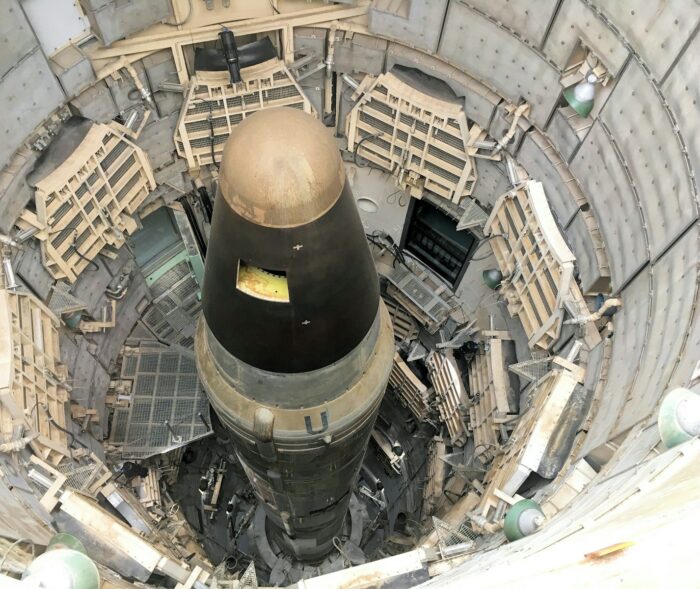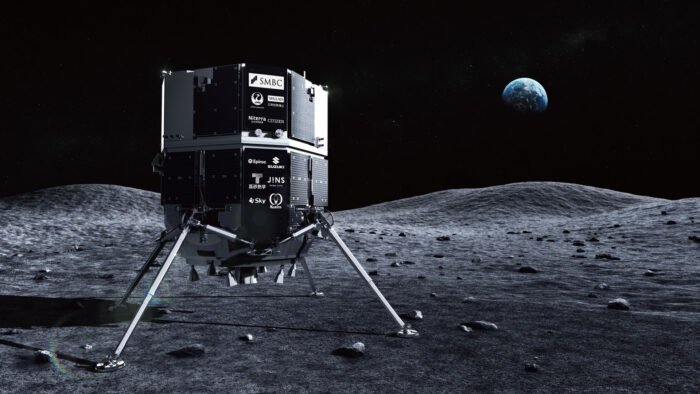Insider Brief:
- China’s Shenlong space plane, observed deploying unidentified objects, is raising alarms, as these actions deviate from international norms of satellite deployment transparency.
- General Chance Saltzman of the US Space Force warned of China’s new sensor-shooter kill web, which poses a significant risk to US forces and allies in the Pacific.
- US Pentagon spokesman Major General Pat Ryder reported that Russia had launched a satellite into low-Earth orbit, likely a counter-space weapon capable of attacking other satellites.
A secret Chinese space plane’s mysterious behaviour is sparking fears of an imminent space conflict. International space-tracking organizations are highlighting the crowded conditions in Earth’s orbit, with thousands of satellites and debris. SpaceX’s Starlink alone has added over 5800 objects in the past decade, contributing to a total of 9900 active satellites and countless defunct ones.
“This object could be a sub-satellite deployment, or it could be a piece of hardware ejected prior to end of mission and deorbit,” said Dr. Jonathan McDowell of the Harvard-Smithsonian Center for Astrophysics. “The space plane’s first flight did something similar. Will be interesting to see if the plane maneuvers or lands soon.”
A statement released by China’s state-controlled Xinhua news agency at the time of the space plane’s launch said, “It will carry out reusable technology verification and space science experiments as planned, providing technical support for the peaceful use of space.”
Satellites now come equipped with ultra-efficient thrusters to navigate the crowded space and avoid debris. However, some satellites, like the space planes from the US and China, have larger thrusters and unknown capabilities. These craft are maneuvering close to sensitive commercial and military hardware, potentially for eavesdropping or even preparing for destructive missions.
China’s Shenlong space plane, observed deploying unidentified objects, is raising alarms, as these actions deviate from international norms of satellite deployment transparency. The US Space Force is increasingly vocal about the threats posed by Russian and Chinese space activities, including the potential use of anti-satellite missiles and weaponized satellites.
General Chance Saltzman of the US Space Force stated that he has to counter the threat to ensure that space capabilities remain reliable for the future. He mentioned, “We have a variety of capabilities we can bring to bear, and we’ll continue to develop capabilities that allow us to maintain a credible deterrence posture.”
General Saltzman also warned of China’s new sensor-shooter kill web, which poses a significant risk to US forces and allies in the Pacific. He noted, “With just a handful of destructive events, there can be a significant impact on missions performed by satellites. The outsize benefits of attack invite a pre-emptive first strike on orbit.”
Brigadier General Jesse Morehouse explained the strategy to mitigate this risk by replacing dozens of satellites with thousands, making it impractical for adversaries to launch effective attacks.
“It makes no sense for Russia to even try to shoot one down because there’s thousands of them, and they don’t have thousands of anti-satellite missiles,” he said.
US Pentagon spokesman Major General Pat Ryder reported that Russia had launched a satellite into low-Earth orbit, likely a counter-space weapon capable of attacking other satellites. US National Security Adviser Jake Sullivan added that Russia’s veto of a UN resolution reaffirming the 1967 Outer Space Treaty suggests intentions contrary to their public statements against deploying nuclear weapons in space.
Russia’s Kosmos-2576, suspected of being weaponized, is maneuvering close to a US military satellite, further escalating tensions. The veto by Russia of a UN resolution reaffirming the 1967 Outer Space Treaty, which prohibits orbital weapons, underscores the growing threat of space becoming a battleground.
Featured image: An artist’s impression of China’s “Shenlong” (Divine Dragon) space plane. No official photographs of this reusable spacecraft have been released yet.
Share this article:










